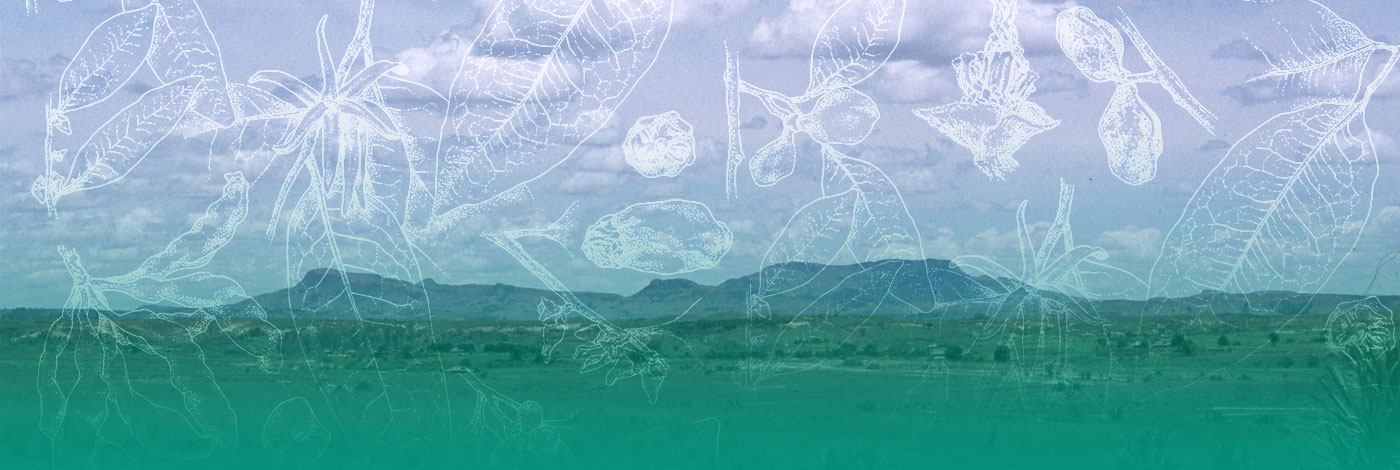Field observations, floral dissections, and nectar analyses of flowers, and pollen load analyses of floral foragers captured on 13 of the 15 Sparaxis species indicate that pollination systems are unusually diverse for such a small genus of Iridaceae endemic to southern Africa. The pollination ecology of Sparaxis can be divided into three overlapping systems, exploiting pollen vectors from three insect orders (Coleoptera, Diptera, and Hymenoptera). Sparaxis auriculata, S. caryophyllacea, S. variegata and S. villosa have zygomorphic, bilabiate, “gullet” flowers with stamens held against an erect or hooded dorsal tepal and are pollinated mainly by anthophorine bees (Apidae) and nectar is the primary reward. Sparaxis metelerkampiae, which has dark purple flowers with an elongate perianth tube, belongs to a local guild of species with similarly colored flowers pollinated by the long-proboscid fly Prosoeca peringueyi (Nemestrinidae). Sparaxis parviflora, with tiny, bilabiate, scented flowers, has exposed anthers and is pollinated by native honey bees foraging for pollen and nectar. The remaining species have actinomorphic perianths and narrow floral tubes that contain trace amounts of nectar. These are generalist species and they are visited by a broader range of insects, including hopliine scarab beetles, short-proboscid tabanid flies and, in some cases (S. bulbifera and S. fragrans) pollen-collecting bees. Outgroup comparison suggests that anthophorine bee pollination with nectar as the reward is ancestral in Sparaxis. Long-proboscid fly pollination has evolved at least once in the genus and a progression to increasingly symmetrical flowers in one clade has led from a generalist system using a variety of bee species in different families, hopliine beetles, and tabanid flies to a specialized system using only tabanid flies and hopliine beetles.

 Adansonia
22 (1) - Pages 57-70
Adansonia
22 (1) - Pages 57-70